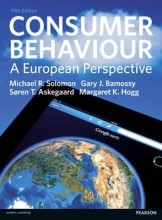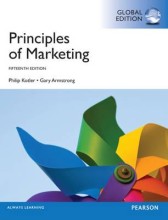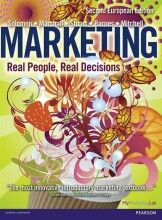Individual decision-making
9 important questions on Individual decision-making
What are the five stages of decision-making?
- Problem recognition – when we realize we must take – consumers survey their environment for appropriate data to make a reasonable decision
- Information search
- Evaluation of alternatives – where the product alternatives are considered
- Product choice – against non-compensatory or compensatory decision rules
- Outcomes – does the consumer experience satisfy consumers needs and wants?
What are three relevant aspects in the evaluation of alternatives during decision-making?
- Evoked set of alternatives
- Consideration sets are likely to share similar features > Product categorization!
- Top-of-mind-awareness, brand awareness
What is the rational perspective of consumer decision-making?
- Information (i.e., beliefs about product attributes)
- Weighing the pluses and minuses of each alternative (i.e., weighted multi attribute attitude model)
- Higher grades + faster learning
- Never study anything twice
- 100% sure, 100% understanding
What is the non-rational perspective of consumer decision-making?
- Low involvement decisions - behavioural influence perspective (eg.: impulse buying)
- High involvement decisions - experiential perspective (affective respons to product)
What are the three type of consumer decision-making?
What are the aspects of habitual decision-making?
Information search: None! Thoughtless activity, automaticity,
Alternative evaluation: None!
Purchase: routine, repeated buying, repetitive behaviour, frequent purchasing
What are the aspects of limited decision-making?
Information search: little search, in store decision making, limited time and effort
Alternative evaluation: alternatives basically similar, non compensatory decision making • First buy, then evaluate! • Heuristics, simple decision rules, non compensatory decision rules
Purchase: impulse buying, variety seeking, choice influenced by mood, hedonism, store displays, self service
What are the aspects of extended problem solving?
Information search: extensive, processed actively, multiple sources
Alternative evaluation: many criteria used, significant differences between the alternatives • Compensatory decision strategy = weighted additive decision rule • Weakness of one attribute can be compensated by another
Purchase: many outlets visited, communication with personnel
What is a compensatory decision strategy ?
=> THE MULTI-ATTRIBUTE ATTITUDE MODEL (FISHBEIN) <=
The question on the page originate from the summary of the following study material:
- A unique study and practice tool
- Never study anything twice again
- Get the grades you hope for
- 100% sure, 100% understanding
































